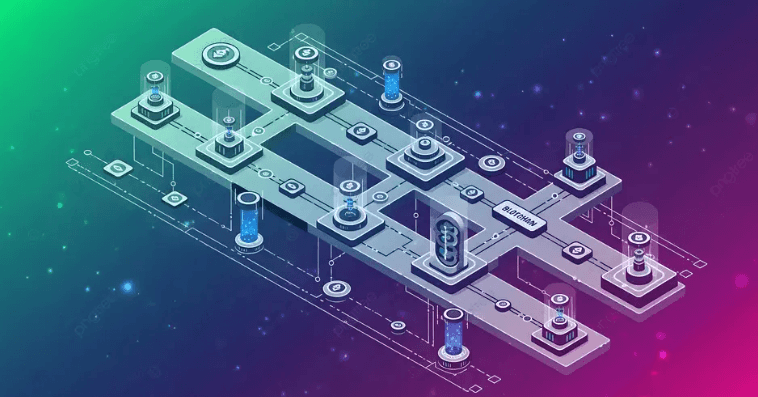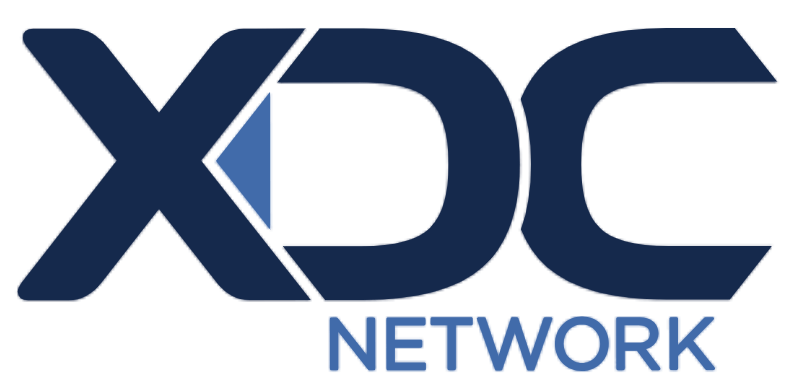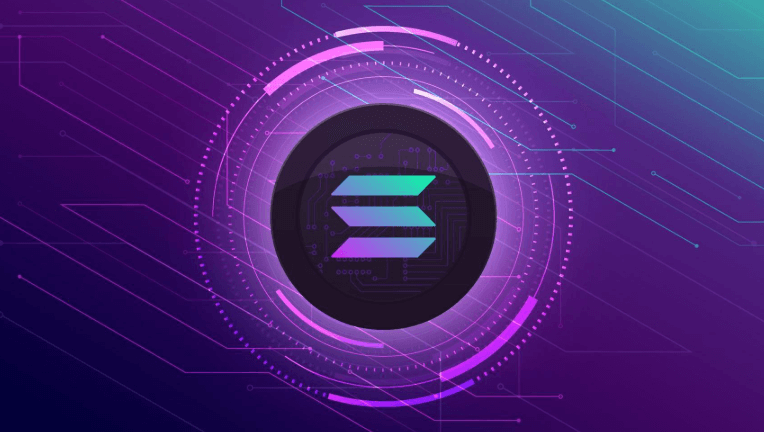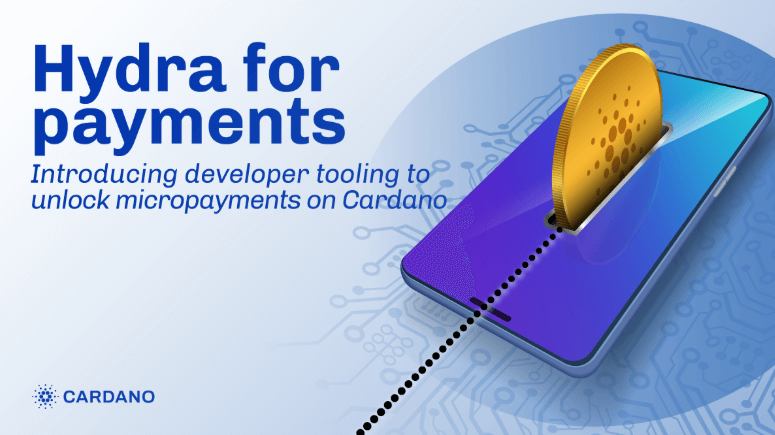Ethereum’s Layer 2 ecosystem is witnessing unprecedented growth as developers and investors seek scalable solutions to alleviate network congestion and high transaction fees. With the increasing adoption of decentralized applications (dApps) and the rise of on-chain activity, Layer 2 solutions such as Arbitrum, Optimism, and zkSync have gained significant traction.
According to on-chain data, total value locked (TVL) across Ethereum’s Layer 2 networks has surpassed $X billion, marking a new milestone for the ecosystem. These scaling solutions utilize rollup technology—either Optimistic Rollups or Zero-Knowledge (ZK) Rollups—to bundle transactions and reduce costs while maintaining Ethereum’s security.
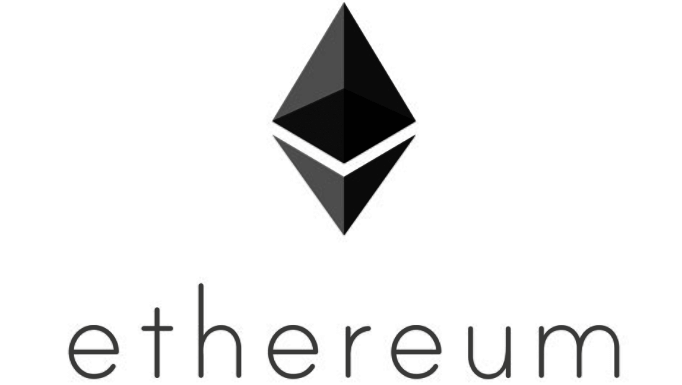
Key Drivers of Layer 2 Expansion
- Lower Transaction Fees: Layer 2 solutions drastically reduce gas fees compared to Ethereum’s mainnet, making them attractive for DeFi users and NFT traders.
- Improved Throughput: Rollups process transactions off-chain before settling them on Ethereum, significantly enhancing transaction speed and scalability.
- Increased Institutional Interest: Venture capital firms and institutional investors are actively funding Layer 2 projects, recognizing their potential to drive mass adoption.
- Ethereum’s Roadmap Alignment: Ethereum’s development roadmap, including EIP-4844 (Proto-Danksharding), is expected to further optimize Layer 2 efficiency, reinforcing its long-term viability.
Major Layer 2 Players
- Arbitrum: Leading in TVL, Arbitrum continues to attract DeFi protocols, offering compatibility with Ethereum smart contracts.
- Optimism: Focused on governance and public goods funding, Optimism has secured partnerships with major projects like Coinbase’s Base.
- zkSync & StarkNet: These ZK-Rollup solutions offer enhanced security and efficiency, with StarkNet pushing for full decentralization.
Future Outlook
With Ethereum’s continuous push towards scalability, Layer 2 solutions are expected to play a crucial role in the ecosystem’s evolution. As more projects migrate to Layer 2 networks, transaction costs may decrease further, paving the way for mainstream adoption.
While challenges such as decentralization and interoperability remain, the rapid expansion of Layer 2 technologies suggests that Ethereum’s scalability concerns are being effectively addressed. Investors and developers alike are closely watching the space, anticipating further innovation and adoption in the coming months.
Disclaimer: This article is for informational purposes only and is not investment advice. Investors should research carefully before making any decisions. We are not responsible for your investment decisions.

